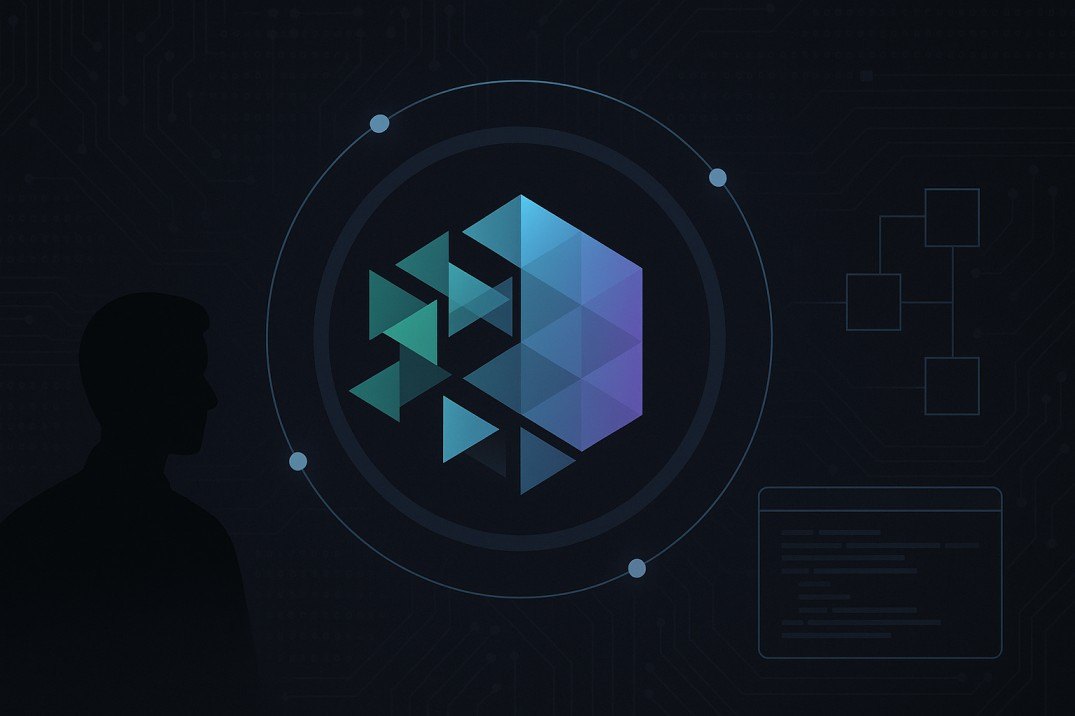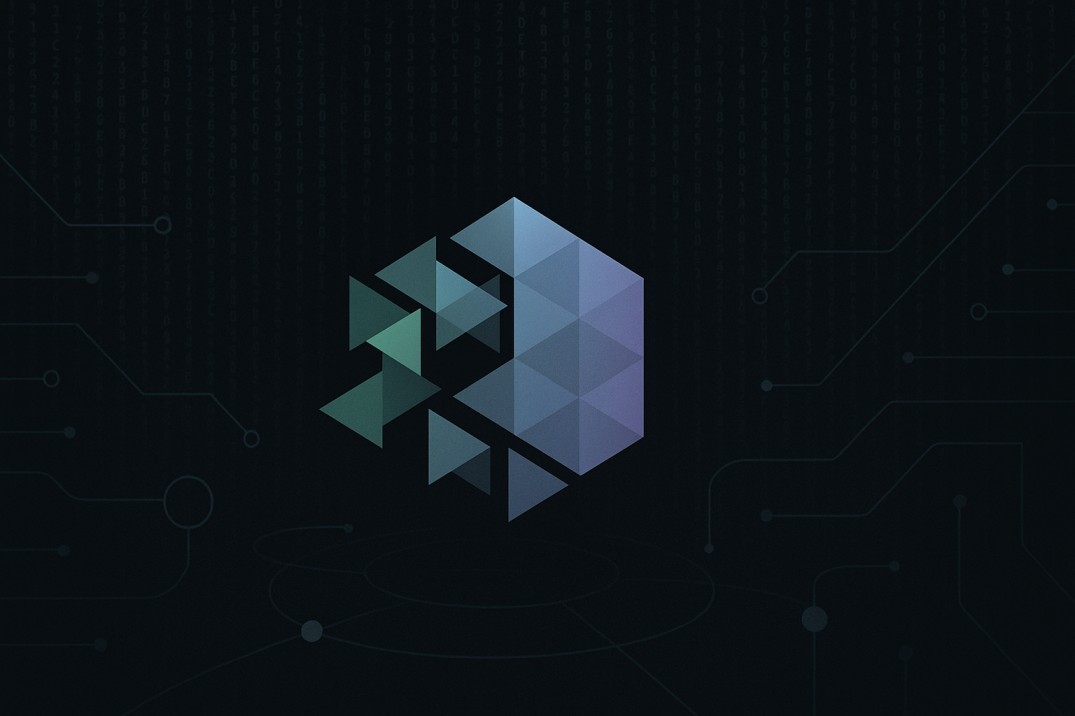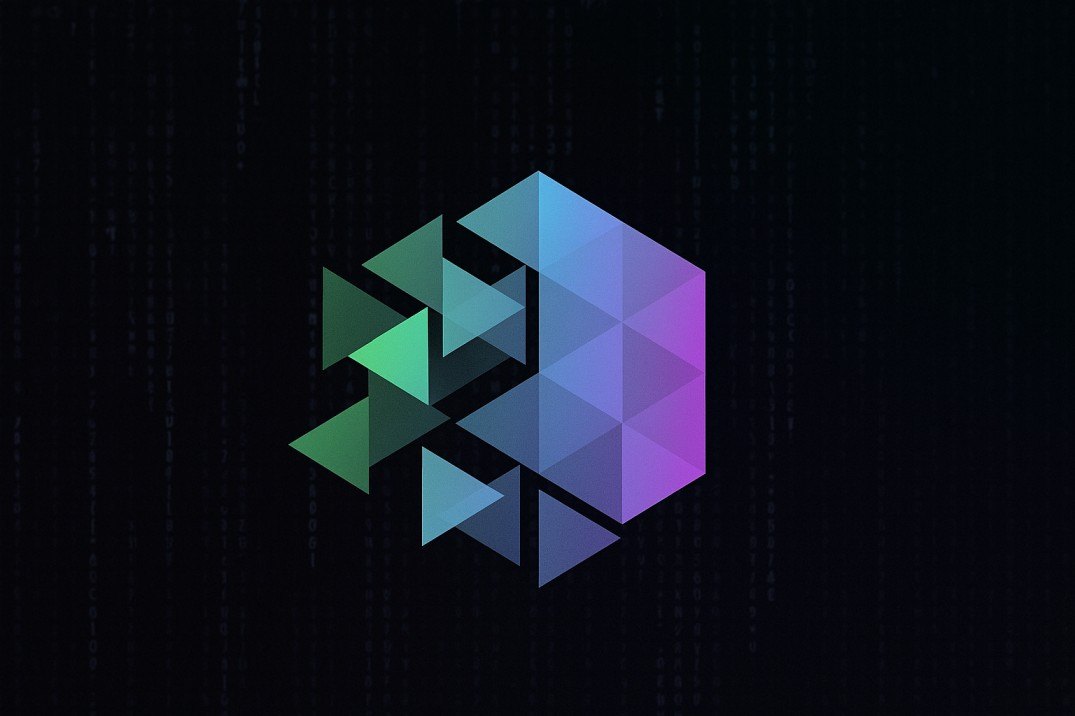TL;DR
- IoTeX is a modular infrastructure for the DePIN (Decentralized Physical Infrastructure Network) sector.
- It enables projects to build decentralized, composable, and interoperable applications connecting real-world devices.
- $IOTX is the native token powering staking, governance, and network operations, with built-in mechanisms for supply stability.
- The platform offers infrastructure modules (DIMs), public goods like DePINscan, and partnerships with Filecoin, NearDA, and more.
- IoTeX aims to connect 100 million devices and bring real-world assets and activity onto the blockchain.
The real world may not be digital by nature, but it is becoming more connected every day. IoTeX is making a bold move to bridge this shift aiming to bring real-world devices and data on-chain in a secure, verifiable, and decentralized way. Instead of just tracking tokens, IoTeX helps blockchains track physical things-from smart cameras to solar panels-so people can build, own, and monetize real-world infrastructure.
With a modular architecture and powerful developer tools, IoTeX is emerging as a foundation for DePIN applications that aim to unlock trillions in physical-world value.
What Makes IoTeX Unique?

Unlike traditional monolithic blockchains, IoTeX embraces modularity. Its infrastructure more like a toolkit for building DePIN systems. These toolkits are called DePIN Infrastructure Modules (DIMs), and they can be combined like Lego blocks to build projects in healthcare, transportation, energy, smart homes, and more.
There are three major types of DIMs:
- In-house modules like W3bstream (for off-chain compute) and ioID (for device identities)
- Partner modules from networks like Filecoin (storage), NearDA (data availability), and Espresso (privacy)
- Public goods like DePINscan, an explorer tracking 2.4M+ devices across 40+ verified projects
This composable, plug-and-play model makes building a DePIN project significantly faster and cheaper-without compromising decentralization.
How IoTeX Works
IoTeX's architecture has three main layers:
1. Modular Security Pool (MSP)
A trust-anchored base layer where $IOTX and other major tokens are staked to secure the ecosystem. Think of it as a decentralized trust fund powering the rest of the stack.
2. Compute and Identity Modules
- W3bstream: Converts real-world events into verifiable blockchain proofs
- ioID: Assigns tamper-proof digital IDs to smart devices
These tools allow developers to track work done in the physical world (Proof of Real-World Work) and trigger smart contracts accordingly.
3. Execution and Settlement
All proofs, once validated, are settled on the IoTeX L1 blockchain-a high-throughput, EVM-compatible network built from scratch. This finality layer ensures trust and composability across modules.
The outcome? dApps that can:
- Read data from IoT devices
- Validate actions like motion detection, energy output, or location
- Issue real-world rewards, credits, or governance rights
IOTX Token: Utility and Tokenomics

$IOTX is more than a native token-it's the connective tissue across the entire IoTeX ecosystem. It powers:
- Gas fees and transaction settlement
- Staking for network security
- Governance and proposal voting
- Module access and payments across DIMs
Supply Model:
- Balanced through controlled burning and inflation
- Used to fund the Modular Security Pool (MSP)
- Circulates through incentives, staking rewards, and module access
The token's design ensures demand scales with usage-without runaway inflation or fixed caps that limit future growth.
Use Cases: From Smart Homes to Global Infrastructure
IoTeX's utility spans three core domains:
1. Data
Smart sensors can feed real-world data (temperature, sound, motion) into shared data lakes where users earn rewards for verified contributions.
2. Resources
Idle compute, storage, or bandwidth from personal devices can be lent or sold to others.
3. Services
Use cases like:
- WiFi/5G sharing
- Renewable energy grids
- GPS verification
- Connected vehicles
- Remote patient monitoring
With 100+ billion smart devices worldwide, the surface area for real-world crypto integration is massive.
History and Evolution
IoTeX started in 2017, founded by Raullen Chai, Qevan Guo, Xinxin Fan, and Jing Sun-all veterans in cryptography, security, and distributed systems. In 2019, IoTeX launched its mainnet, built on the Roll-DPoS consensus model. Since then:
- More than 10M transactions processed
- 100+ validators securing the network
- $IOTX expanded from L1 token to modular infrastructure asset
In July 2024, IoTeX launched its 2.0 whitepaper, introducing modularity, DIMs, and a new goal: make DePIN accessible to everyone. This marked its shift from L1 blockchain to full-stack DePIN enabler.
Security and Decentralization

IoTeX uses Roll-DPoS (a fast, efficient variant of Delegated Proof of Stake), offering high throughput and decentralized consensus. Key layers of security include:
- 100+ validators globally distributed
- Verifiable proofs from trusted devices
- Cross-chain interoperability via bridges
Together, these systems provide tamper proof validation of real-world events critical for use cases that depend on trust beyond the internet.
Challenges and Risks
Every ambitious vision comes with tradeoffs:
- Hardware reliance: Device integrity is crucial for on-chain proofs
- Ecosystem maturity: DePIN is still nascent and developer tooling is evolving
- Network effects: Adoption will take time, especially across regulated sectors
But with modularity, community grants, and major partners, IoTeX is well-positioned to lead this space.
Final Thoughts
IoTeX is building the infrastructure to onboard the real world into Web3. With billions of devices waiting to be connected, the stakes are high. But so is the upside.
By blending trusted hardware, verifiable compute, and an open, modular framework, IoTeX could become the foundation of tomorrow's physical digital economy. Whether you're building a decentralized ride-share app or a smart farming network, this is one platform to watch.
Read More : COTI V2 Unpacked: A Straightforward Overview











